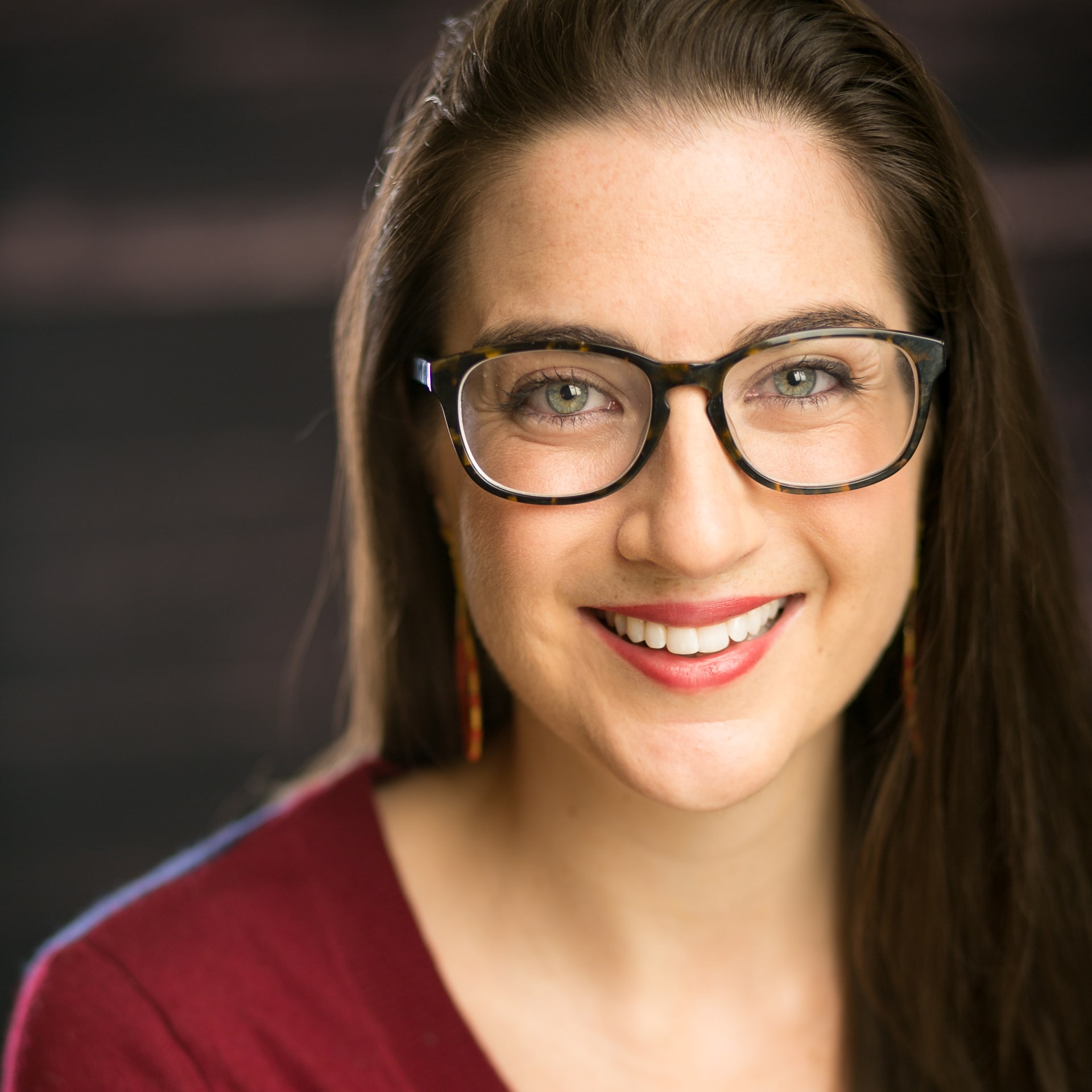Two years ago we published a short case study on the digital learning efforts afoot in Rhode Island. In it we summarized the Rhode Island Department of Education’s (RIDE’s) decision to convene educators and administrators from around the state to discuss how technology could reshape the future of teaching and learning. Since then, a ton has developed in Providence and across the state, much of which Tom Vander Ark aptly summarized in a blog post earlier this year.
This week, I visited Rhode Island and got a chance to see firsthand some of the impressive progress that’s been made. New resources have come into the state since that first conference, particularly from The Learning Accelerator, which invested both in RIDE itself and in a group called the Highlander Institute, which provides technical assistance to schools transitioning to blended learning. Highlander is also running the FUSE fellowship program that identifies and trains Rhode Island educators to support districts’ transitioning to personalized learning. Shawn Rubin, the director of blended learning at Highlander who also heads up FUSE was kind enough to show me around some of the schools in Rhode Island that are pursuing digital learning. Here’s a quick summary of what we saw:
Pleasant View Elementary School
Our first stop was Pleasant View Elementary School in Providence, which was the recipient of RIDE’s first Innovation Powered by Technology Grant in 2012. As such, Pleasant View is one of two “model schools” in the state and has used the multi-year $470,000 grant to implement a Station Rotation model across its math program using DreamBox Learning and is also rolling out Lexia Learning this year. Since the start of the grant, the school has seen dramatic improvement across both ELA and math. Besides the amazing leadership of Principal Gara Field and the visibly positive school culture, what struck me most about Pleasant View was how it was successfully using blended learning to promote a special education inclusion model across its classrooms. As of the 2013–14 school year, over 30 percent of its students qualified for special education services and nearly all of the classrooms I visited were inclusion classrooms where students were working on online curriculum, small-group projects, or receiving small-group instruction from teachers or City Year corps members who act as tutors at the school.
Alan Shawn Feinstein Middle School of Coventry
We also visited Coventry, a town located about 30 minutes outside of Providence, where Superintendent Mike Almeida has worked hard to build a robust hardware and broadband infrastructure across the entire district. The middle school—where every student has a laptop and where Dr. Almeida has also implemented a BYOD policy for other mobile devices—is currently in what Almeida calls a “year of exploration” for teachers and students to use technology in the classroom. In the classrooms we visited, we saw mostly “tech-rich” instruction—teachers using Google forms and documents to assess students, Kahoot for quick learning games, or science simulation software. The school has yet to adopt digital curriculum or any particular blended-learning model, but Almeida is exploring what this might look like in the coming years.
Village Green Virtual Charter School
Finally, we got to see the Village Green Virtual Charter School in downtown Providence, a high school that uses a fully online curriculum from Edgenuity. The school was originally modeled after Carpe Diem’s Individual Rotation model (which likewise uses Edgenuity’s courseware) in which each student received a customized schedule based on performance in prior days and weeks. The school, however, has made a number of changes since its first year and now looks a bit more like a Flex model, wherein students move on a more fluid schedule among learning modalities. When students arrive at school each morning they can choose which courses and projects to work on. In some cases, teachers step in to help students plan out their daily or weekly schedules to keep their learning on track. Students also engage in offline projects each semester. During our visit, many students were putting the final touches on their interdisciplinary projects that the teaching teams had designed around real-world themes.
These three schools offered a great taste of the broader movement afoot across the state. Looking ahead, in terms of blended-learning implementation, efforts like the FUSE fellowship and RIDE’s annual blended-learning conference stand to continue to expand the digital footprint in schools statewide. At the state level, although the state has been instrumental in expanding digital learning, additional policies might give Rhode Islands students’ even more access to online learning. For example, a Course Access policy—whereby funding would follow students down to the course level—could be a good lever to offer students online courses in subjects that are not offered at their schools. In addition to expanding blended learning, these supplemental courses could also serve as an elegant inroad to seeding more competency-based pathways in the state. Because Rhode Island no longer requires seat time, these online courses could allow students to progress at a flexible pace based on when they mastered the material rather than against an academic, semester-based schedule. This in turn could make blended and competency-based learning a possibility for students in otherwise time-based brick-and-mortar schools.


